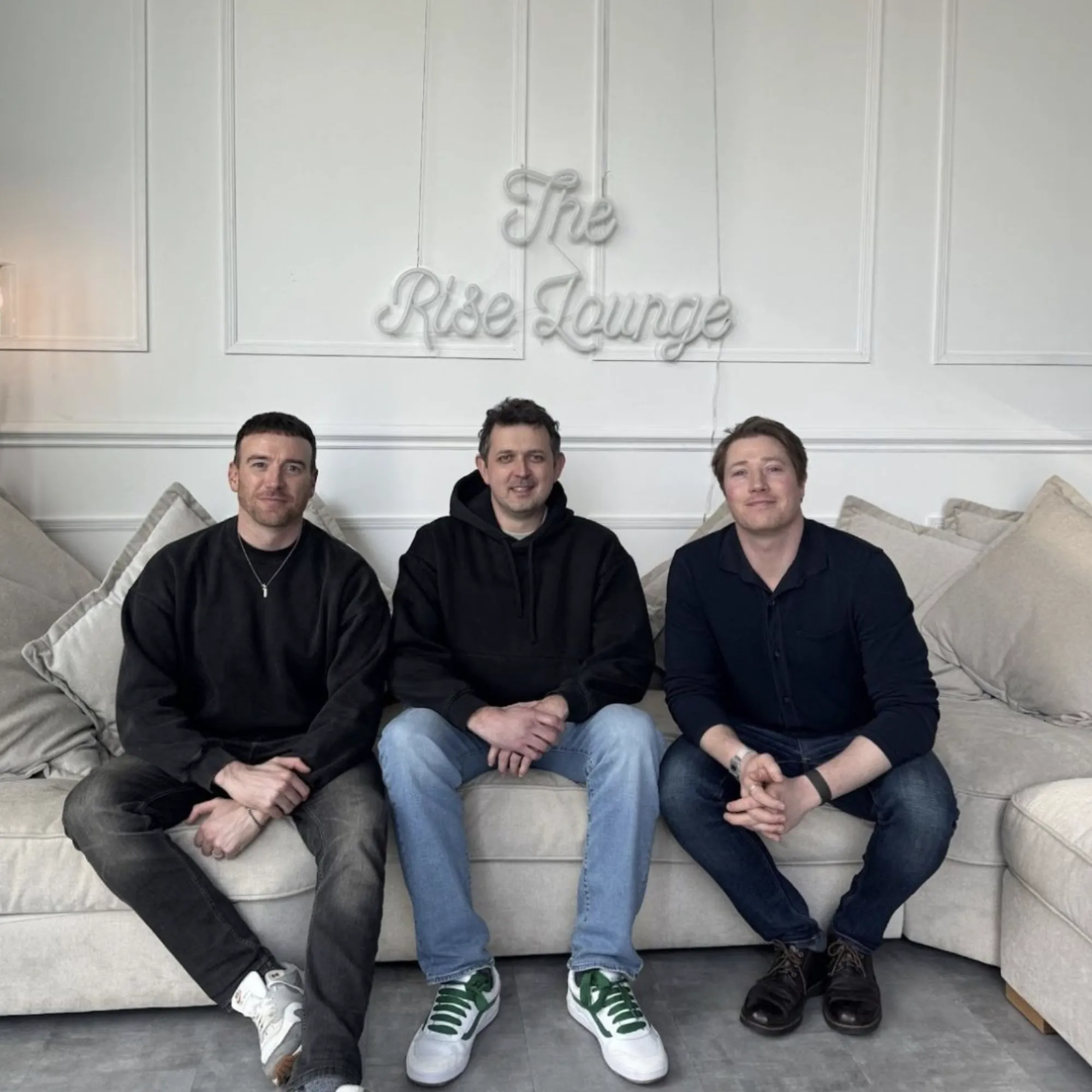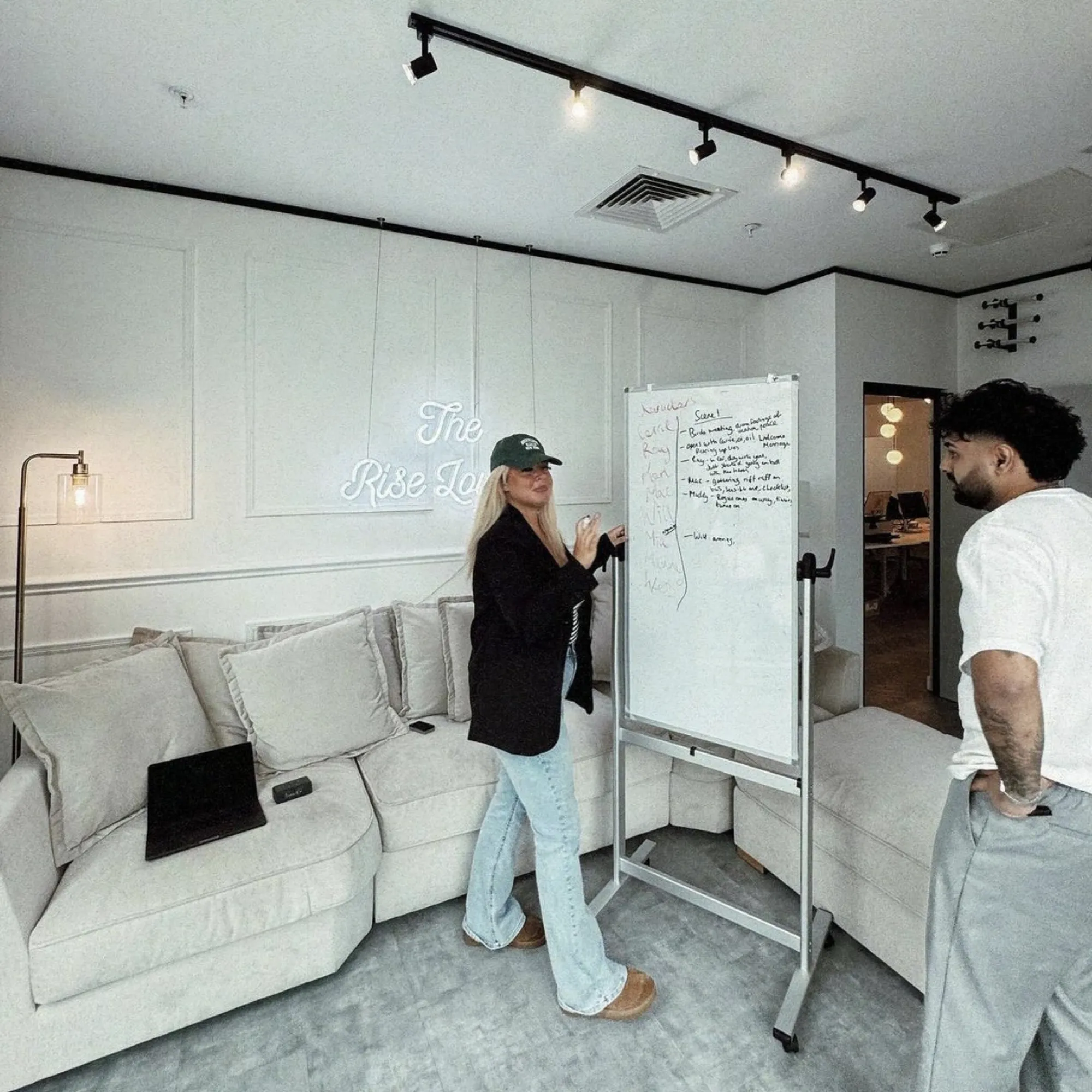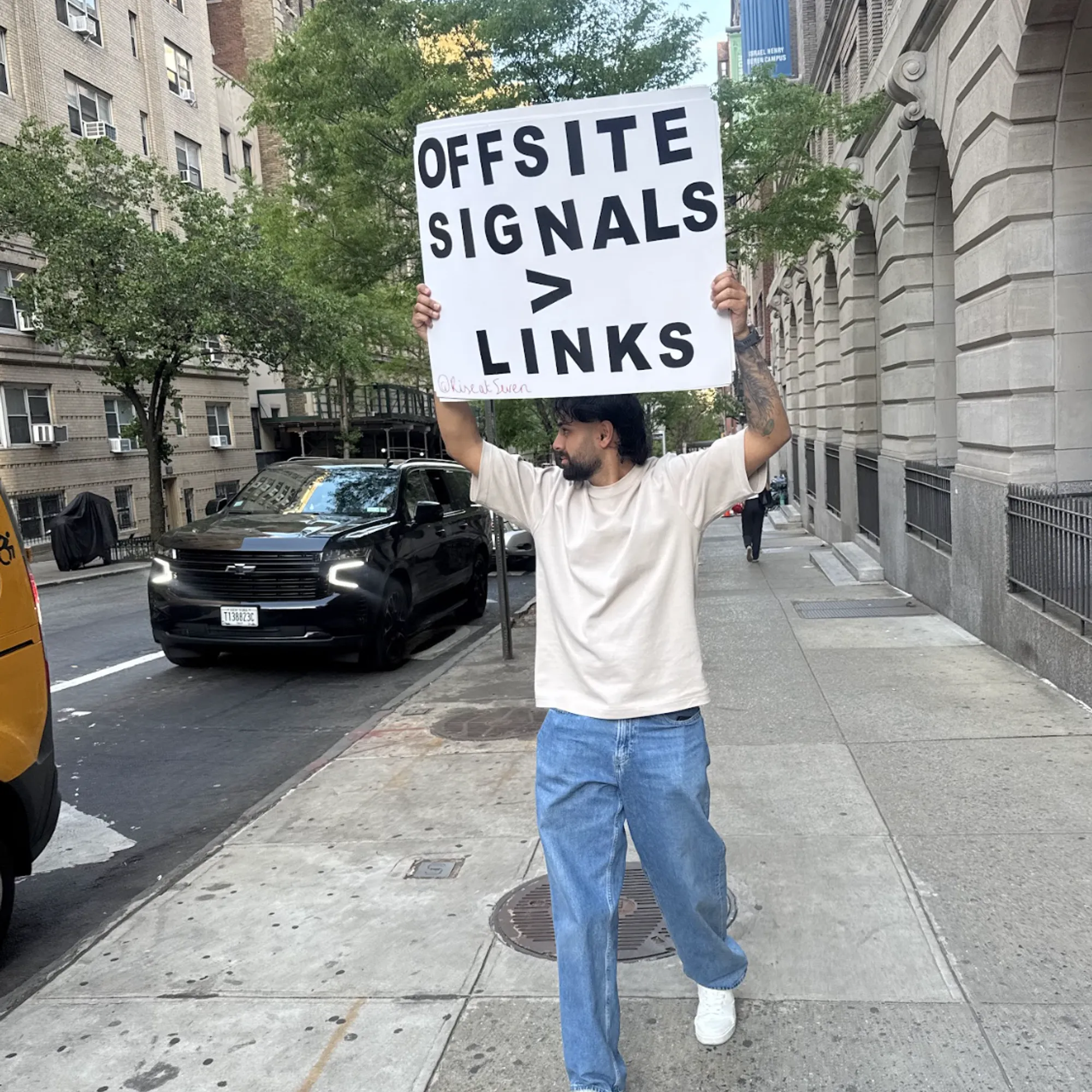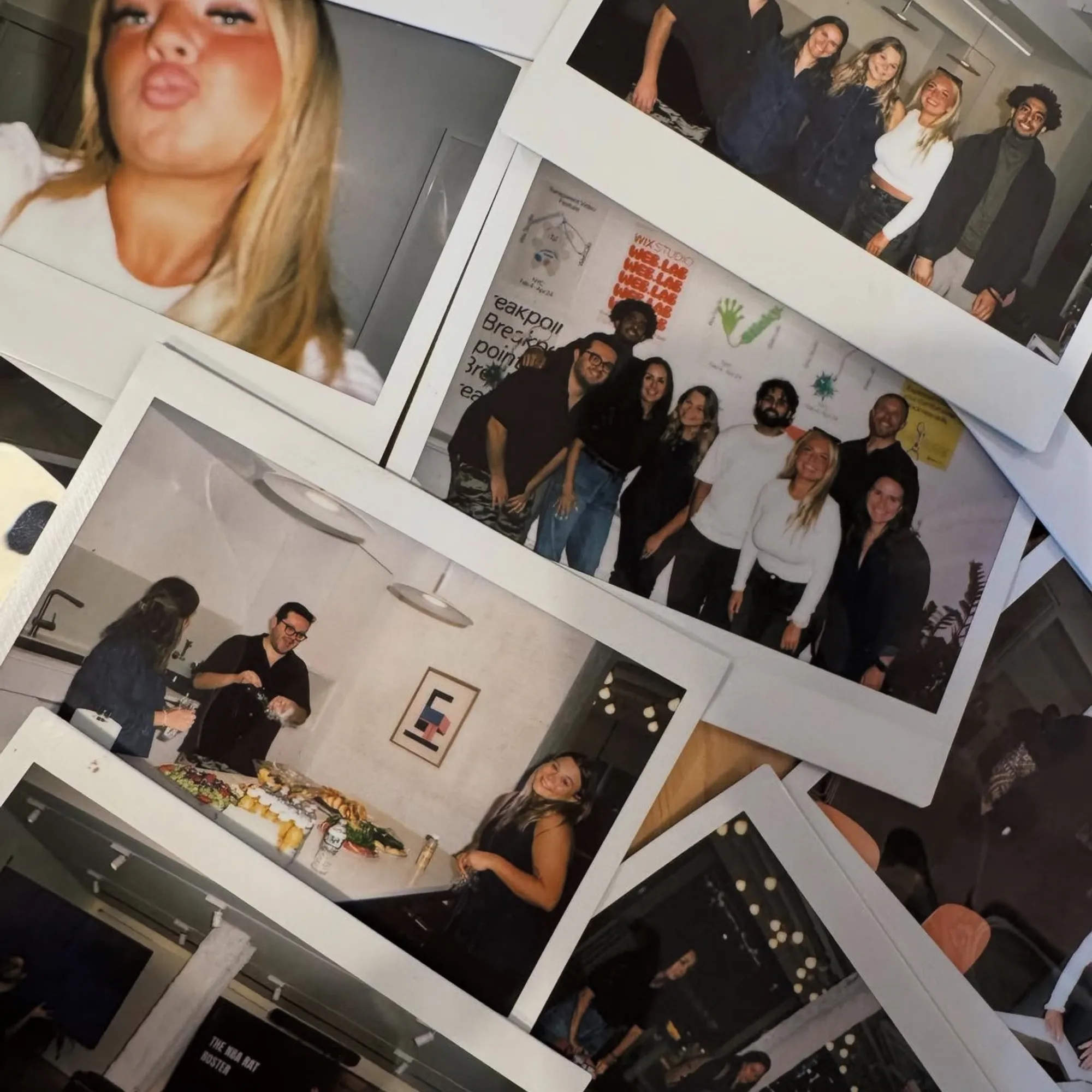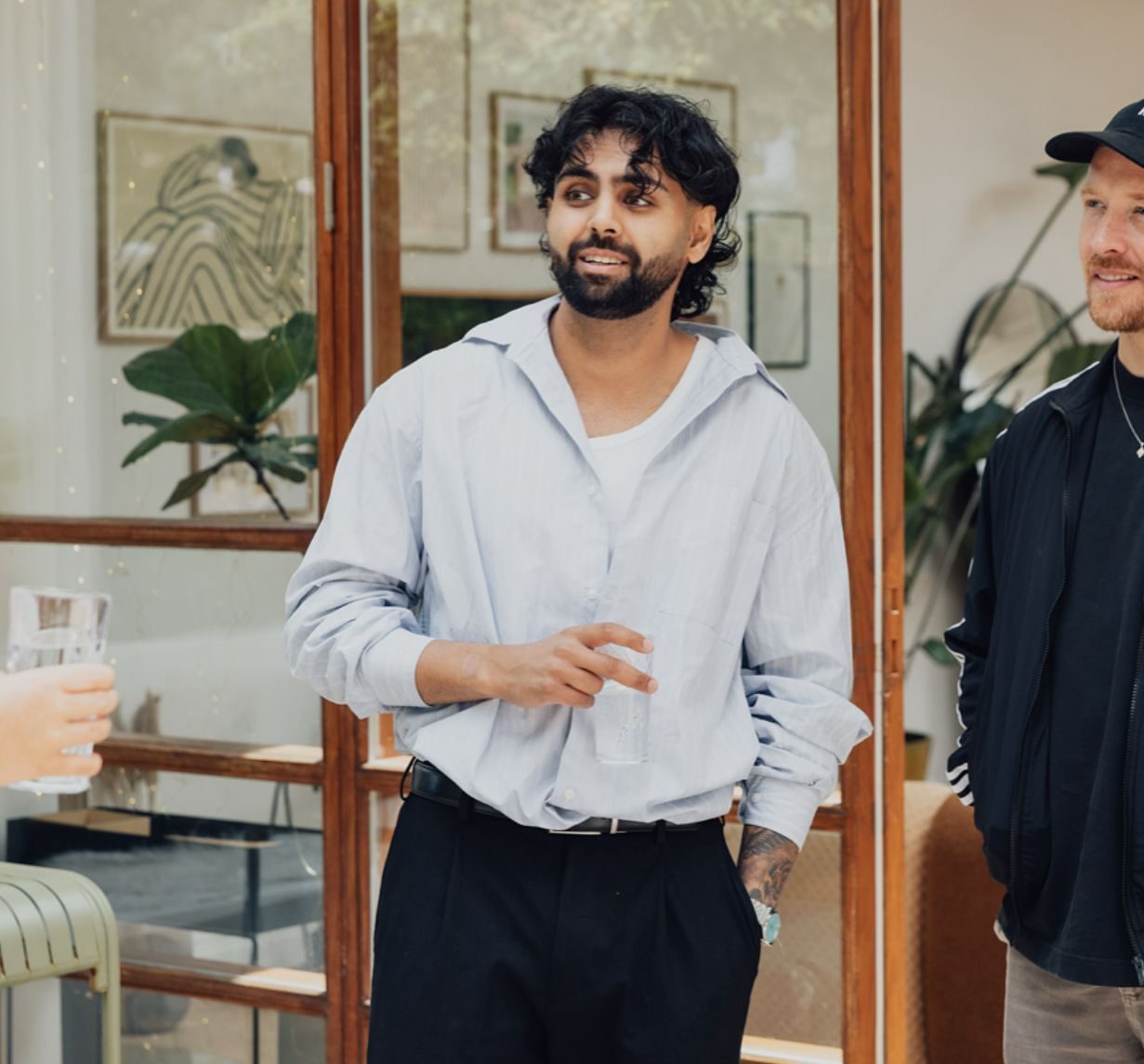
Here's how your B2B SEO strategy should differ from B2C and why most get it wrong

“Marketing needs to be about your audience, not your business. Make content for your people, by your people” - Joe Struggles
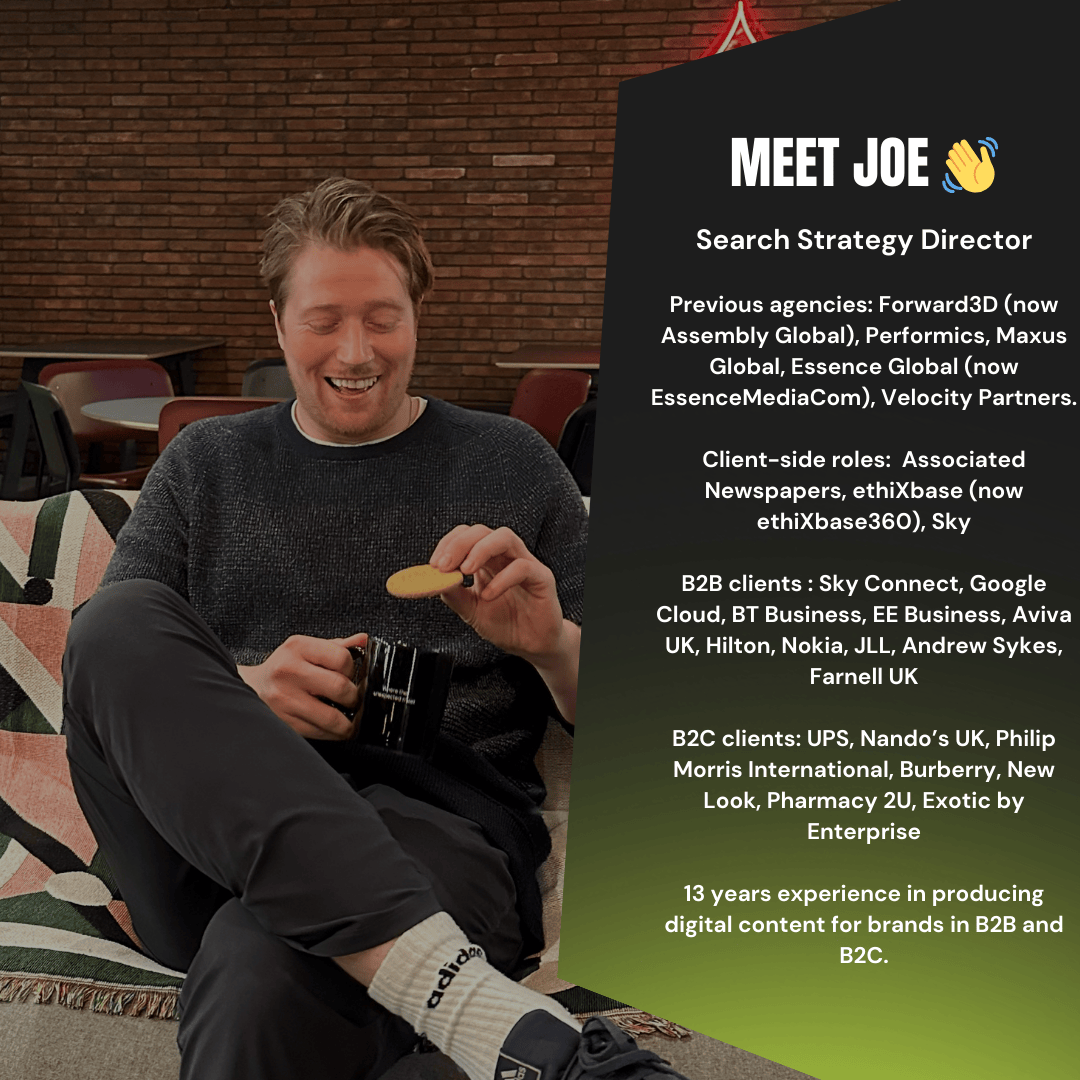
Today we’ll cover :
1. B2B search is niche and all about expertise, unlike B2C, where trends come and go, B2B audiences are specialists. They know their stuff, so if your content isn’t spot on, you’ll lose their trust fast.
2. Forget chasing search volume and focus on intent, B2B buyers don’t just search for products; they’re researching, comparing, and problem-solving. The trick is to tap into the less obvious searches that show what they really need.
3. Trust is everything in B2B, with long sales cycles and multiple decision-makers, brands need to prove they’re worth it. Case studies, expert insights, and real-world examples help build credibility over time.
4. SEO isn’t just about Google anymore, with AI-driven search changing the game, brands need to own the conversation across LinkedIn, YouTube, TikTok, and Reddit to stay top of mind when buyers are ready to act.
B2B marketing is at a bit of a crossroads.
In a world where budgets are being reduced, AI paranoia looms, yet outputs and expectations grow, it's getting tricker than ever to convince high-brow audiences to buy your stuff.
Especially on platforms like Google, who chuck unexpected banana skins in front of our marketing wagons at every possible corner without any consideration of what we're driving towards as a business.
To break down these challenges and uncover fresh opportunities, we sat down with Joe Struggles, Strategy Director at Rise at Seven. With deep expertise in B2B SEO and content, Joe shares insights on how brands can cut through the noise and build a competitive edge.
Ray: Welcome, Joe! First things first tell us a bit about how you joined Rise at Seven. What convinced you to make the move?
Joe: I’ve worked in marketing, both client- and agency-side, for several years now, and I’ve always been fascinated by agencies that blend creativity and data in a way that turns heads and raise eyebrows.
In such a short time, Rise at Seven has consistently been at the forefront of that approach. As a fast-moving agency, it feels like the perfect place to push boundaries, experiment with new channels, and help clients win in unexpected ways. In B2B, that can mean transforming something seemingly dry into something truly brilliant.
Though not born there, I’m a Sheffield lad at heart. Rise was born and bred here, so I feel at home already.
Ray: One of your big talking points is how B2B search is completely different from B2C. Can you break down why that is?
Joe: B2B search is quite complex. From the electrical components that make up the screen you're reading this on to the network supplier ensuring you can access it quickly and securely, B2B businesses are a fundamental part of our daily lives — whether we realise it or not. It’s almost like an underground industry that most people aren’t fully aware of, yet it’s absolutely essential.
And like many underground industries — think niche music scenes — B2B markets are small but highly specialised. Search volumes are lower and more specific, but the people behind them are deeply knowledgeable and passionate. They’ve spent years immersed in their field and know it inside out. Get your marketing approach wrong, and you risk losing their trust forever.
In contrast, B2C search tends to be much higher in volume but also far more transient. Consumer audiences can be fickle, swayed by trends and cultural moments. Take bootcut jeans, for example — since Kendrick Lamar wore them at the Super Bowl, fashion-conscious consumers who once scoffed at them are suddenly reconsidering. That kind of rapid shift rarely happens in B2B.
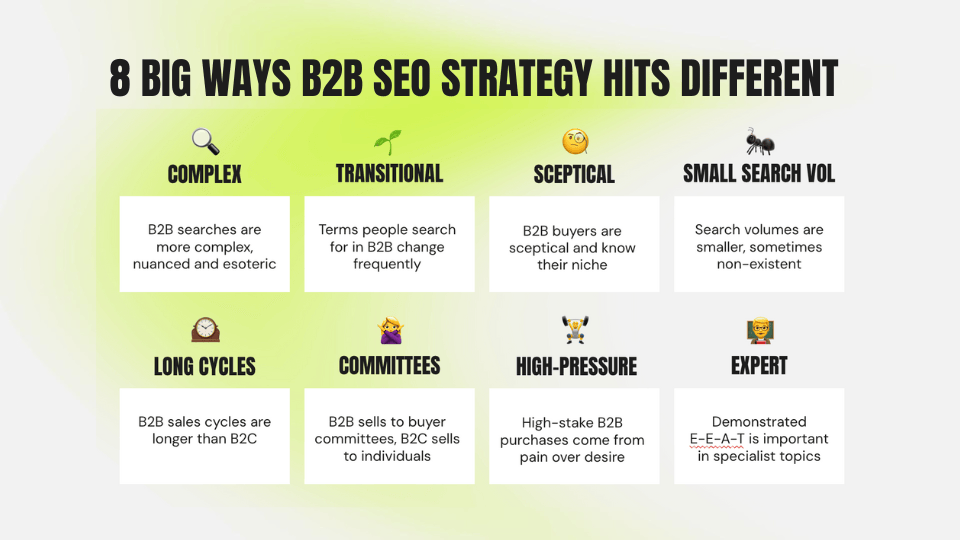
Ray: You talk about B2B SEO as different from B2C SEO as broccoli is from oak trees. Can you explain that analogy?
Joe: B2B search can be misleadingly similar to other forms — until you have all the context. This is something a much-respected mentor and I joked about: how two things can seem identical at first glance but be completely different when you dig deeper, or lack a significant detail that can change the whole picture (in this example, size). We used a tweezer metaphor before.
Take the search queries "instructions for Raspberry Pie" and "instructions for Raspberry Pi". At a glance, they look almost the same, but with just one letter changed, you’ve gone from making a delicious dessert to setting up a complex electronic device.
Ray: Search behavior in B2B is notoriously nuanced, and intent is often misunderstood. How should brands rethink their keyword strategies to align with how decision-makers actually search?
Joe: Simply put — don’t chase search volume alone and think beyond keywords. Instead, think laterally about what your audience is trying to achieve and deconstruct it from there. You’ll find a world of non-obvious keywords to play with.
What is the product? What problems does it solve? What key questions do potential buyers ask? B2B buyers aren’t always searching for solutions directly — they’re researching, comparing, learning, and seeking advice long before they consider making a purchase. Some may not even be the final decision-maker.
I had a previous role as Global Head of Growth Marketing at an ESG company. We sold ESG reports, among other things. If I focused on ‘ESG report’ as my sole keyword, my market would be tiny. But thinking about global use cases, reasons why people need them, we were able to craft content that targeted regional issues related to the environment and sustainability, social issues and governance.
We built a strategy around country-specific legislation and used external experts in their field to speak about the problems ESG reports highlighted. Naturally, our product acted as a solution to kick things off. The use cases were wild.
The key is to identify the non-obvious searches — the ones tied to your audience’s pain points and the world where those problems no longer exist. Then, carefully position your product as the solution and link it naturally to your product page.
Search-driven content hubs are ideal for this. They present information in a non-linear way, answering every relevant question as part of a broader journey. At Rise, we call this targeting audiences in the ‘messy middle’; where decisions are formed long before a purchase is made.
Ray: One major challenge in B2B marketing is long sales cycles and buyer scepticism. How can brands use SEO and content to build trust over time?
Joe: Trust comes from demonstrating real value. Everyone knows B2B purchases tend to be more expensive, with higher average order values and far more complex decision-making. People don’t just click an ad and make an impulse purchase like they might in B2C.
This means buyers need to trust a brand before they even consider spending money. A wrong decision can cost a business leader their credibility — or even their job.
The best B2B marketing strategies use a mix of tactics to build trust and demonstrate E-E-A-T (Experience, Expertise, Authoritativeness, and Trustworthiness). High-value, people-first content is key — whether that’s through in-depth case studies, interviews with product developers, or active engagement within a community.
Not only do these approaches strengthen brand trust, but they also boost search visibility. With Google’s recent updates to counter AI-driven content, showcasing real expertise and human insight is more important than ever.
To be honest, I've seen Rise at Seven do this really well. Especially the work done on Ask Traders. Being in the financial sector, it's super important for trust and expertise. Leveraging their internal experts for onsite and offsite copy drove amazing results for them organically
Ray: You’ve spoken about the importance of capturing different stakeholders in a decision-making process. How should B2B brands tailor their messaging for committees rather than individuals?
Joe: When I say buyers, I don’t just mean the person making the final purchase — I mean everyone involved in the approval process who needs to be convinced.
Each stakeholder has different priorities, questions, and concerns. A CFO cares about business impact, ROI, and pricing — so case studies and clear pricing information are key. A CTO wants to know if the product aligns with existing workflows and integrates seamlessly. A CEO might only care that their company is using the best in the industry and wants the logo on a slide or web page. Meanwhile, the actual end user needs to understand its capabilities and whether it solves their problem efficiently.
As a marketer, your content must address all these perspectives to convince the entire buying committee that your product is the best solution — both in function and value.
Ray: Google is evolving rapidly with AI-driven search results and more personalised experiences. How do you see this impacting B2B search strategies?
Joe: AI is making search more context-aware and less reliant on exact keywords. Brands need to focus on semantic intent rather than simply stuffing in keywords. As search becomes more personalised, owning your audience — through first-party data and community-building — will be more important than ever.
It is also making content easier to produce than ever before, resulting in a flood of low-quality material. This has made business owners more sceptical of content, content marketing, and channels like SEO due to concerns over authenticity. Why pay a premium when you can produce content in half the time at half the price?
In B2B, audiences can usually see through AI-generated content, as the subject matter is often highly specialised. I’ve previously highlighted the importance of using real people to demonstrate E-E-A-T credentials. Try to feature your team in your marketing; whether it’s the colleague who has worked at your company for 15 years or satisfied customers who use your product. This reinforces your authenticity, something LLMs cannot genuinely replicate.
Ray: With the rise of social search and platforms like LinkedIn and TikTok playing a bigger role, where should B2B brands be focusing their efforts outside of Google?
Joe: LinkedIn is a no-brainer for B2B, but TikTok, YouTube, and Reddit are also emerging as key research platforms. The goal isn’t just to rank on Google but to be present where your audience is asking questions and engaging in discussions.
In B2B, only 95% of your audience is ready to buy at any one time. You can use other platforms to get your brand in front of your audience with interesting yet relatable information, so when they’re in the 5% of folk ready to buy, you’re front of mind.
Ray: Looking ahead, what do you think are the biggest opportunities in B2B marketing over the next 12 months?
Joe: Building multi-channel communities so you own your audience — and using this as a cycle to create trust signals for both your audience and search engines (real experts, real insights).
Think beyond keywords and focus on owning the conversation wherever your audience is. Search engines like Google are no longer the only places people turn to for information. Find out where your audience spends time and be there too. This can be on search engines of course, but also social channels and even elsewhere via PR.
Ray: Finally, if you had one piece of advice for B2B marketers trying to stay ahead of the curve, what would it be?
Joe: Marketing needs to be about your audience, not your business. Make content for your people, by your people. Whether you’re selling to the underground music scene or expert professionals navigating the latest in sustainability legislation, the best marketing sparks genuine excitement and conversation around topics people care about. It resonates with them on a deeper level, reinforcing their interest and starts debate and conversation.
When people naturally want to share insights, lessons learned, and challenges they’ve overcome — and you can organically connect this to your brand — you’re on to a winning strategy.
If you're looking to supercharge your B2B SEO and content strategy, get in touch with Joe or speak to the team at Rise at Seven today and discover how we can help you break through the noise.

Ray Saddiq is a leading voice in the world of Marketing SEO and social media known for connecting the dots between how people search and how they scroll. As Head of Marketing at Rise at Seven, he’s pioneered approaches that treat platforms like TikTok, Pinterest, and Instagram not just as content channels but as search engines.
